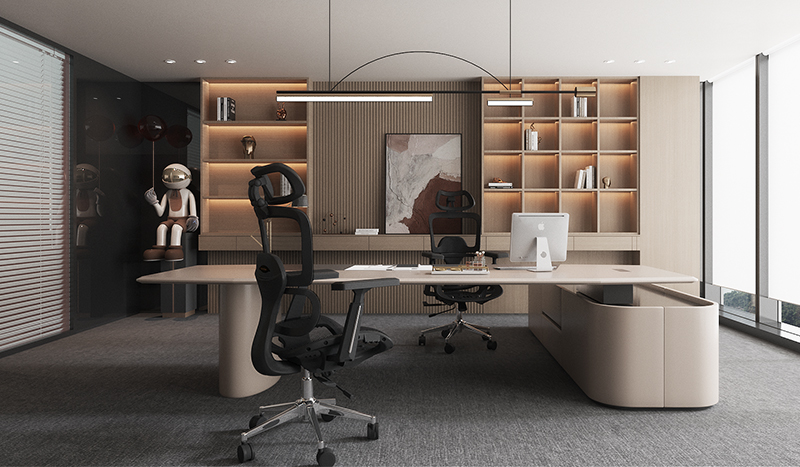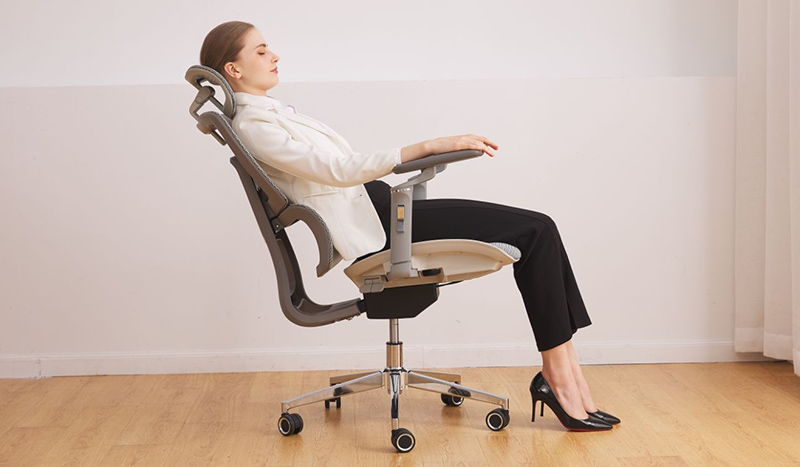File Cabinet XY-WJG023 White
The Silent Revolution in Our Offices
The metallic clang of filing cabinets once orchestrated the rhythm of workplaces, their olive-green bulk standing as monuments to paper-based bureaucracy. Today, these industrial relics are being quietly replaced by blinking server lights and cloud storage icons. This shift represents more than just technological progress—it’s a fundamental change in how we conceptualize information itself.
Part 1: Anatomy of a Dying Species
1.1 The Golden Age of Physical Filing
The classic vertical file cabinet (standardized at 18″ deep by 28″ wide in 1918) dominated offices for nearly a century due to:
- Spatial Logic: Alphabetical tabs created intuitive physical search patterns
- Tactile Security: Locking mechanisms provided psychological reassurance
- Permanence: Paper doesn’t suffer from bit rot or format obsolescence
Yet the cracks began showing:
“We lost 3% of documents annually to misfiling even in well-managed systems,” notes records management scholar Dr. Ellen Park (2024).
1.2 The Tipping Point
The COVID-19 pandemic accelerated the decline as:
- Remote work made physical access impossible
- Document sharing needs exploded (emailing scanned PDFs proved unsustainable)
- Compliance requirements pushed digitization (e.g., HIPAA’s electronic record rules)
Part 2: Digital Succession
2.1 Cloud Cabinets Emerge
Modern solutions combine old metaphors with new capabilities:
| Feature | Physical Cabinet | Digital Equivalent |
|---|---|---|
| Organization | Hanging folders | Nested directories |
| Security | Key locks | AES-256 encryption |
| Access | Single location | Global availability |
Unexpected Benefits:
- Version history eliminates “final_FINAL.docx” chaos
- Optical character recognition turns scans into searchable text
- Automated retention policies prevent regulatory violations
2.2 The Human Factor
Transition challenges include:
- Generational Resistance: 58% of over-50 workers prefer paper (2025 Deloitte survey)
- New Skills Required: Metadata tagging replaces physical sorting
- Security Anxiety: 42% of SMB owners distrust cloud storage (Ponemon Institute)
Part 3: Hybrid Horizons
3.1 Smart Physical-Digital Fusion
Innovative solutions bridge both worlds:
- RFID-enabled filing: Track physical documents digitally
- AI-assisted scanning: Automatically classify incoming mail
- Blockchain notarization: Create tamper-proof audit trails
3.2 The Paper Paradox
Despite predictions, paper persists because:
- Certain legal documents still require wet signatures
- Some cognitive tasks benefit from physical annotation
- Cultural artifacts (like handwritten letters) carry emotional weight
Conclusion: The Cabinet’s Legacy
The file cabinet’s true successor isn’t just a digital tool—it’s an entirely new philosophy of information as fluid, interconnected data rather than isolated physical objects. As we stand in this transitional period, the most effective systems will honor the psychological needs that filing cabinets once met while unleashing digital potential. The next decade may see the last steel cabinet leave offices, but its organizational logic will continue shaping how we structure knowledge in the digital wilderness.












